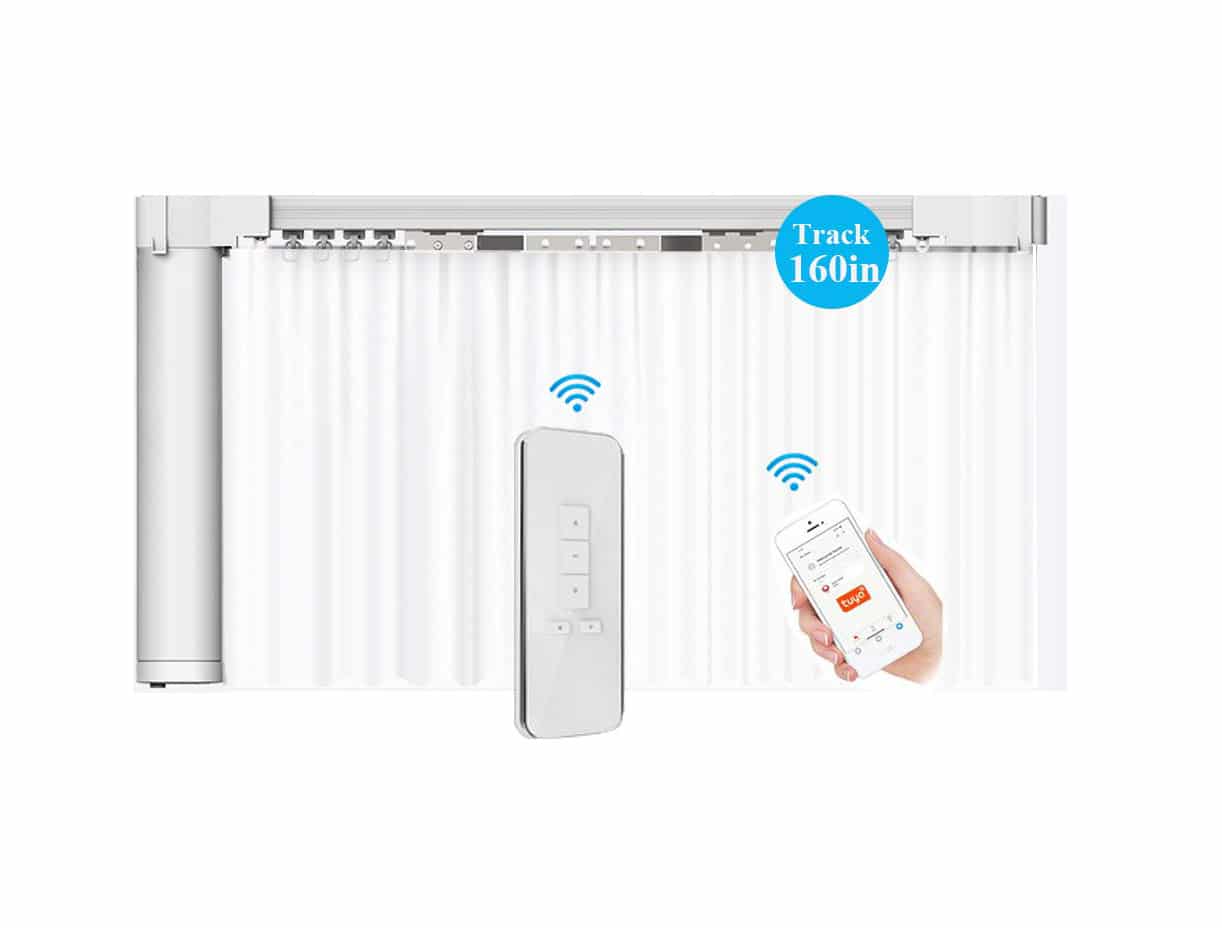
The actual required air conditioning area only occupies a small part of the building. In addition, the scope of personnel activities is limited. Due to the different thermal environment requirements of occupants, the ventilation methods mentioned above cannot meet personalized needs. However, such methods still create a uniform environment below the working plane. This vertical stratification of indoor load can improve ventilation efficiency and effectively reduce air conditioning energy consumption. These methods are designed to ensure the comfort of the space where the occupants are located and to send the airflow directly below the working plane. Based on this, some new ventilation strategies have been developed, such as displacement ventilation (DV), underfloor air distribution (UFAD), and stratified air conditioning. The essence of this full-space environment control method is the dilution principle so as to maintain uniform parameters in the room. Tradition mixture ventilation has been proven to be inefficient. Furthermore, if this air supply subzone can be created, the demand control of air conditioning systems based on occupancy information can also be better promoted in LPBs. To achieve “thermal isolation” in LPBs, it is necessary to reduce this heat transfer, which puts forward high requirements for the air distribution design.

Even if the occupied zone is targeted for air supply, the heat in the non-occupied zone accumulates and retransfers to the occupied zone through convective heat exchange.

Adjusting the air conditioning supply area according to personnel distribution is a common method to reduce energy consumption. The indoor load is mainly related to personnel activities. Enclosed spaces account for a large proportion of such buildings. Their heating, ventilation, and air conditioning (HVAC) energy consumption should also be of concern. As urbanization progresses, large public buildings (LPBs) are increasing in size, such as open offices and commercial complexes. This paper provides a new approach to the air conditioning partition control of LPBs.īuilding energy consumption can account for 40% of the primary energy usage, most of which is used to create a comfortable environment for indoor occupants. (3) The mathematical model of air infiltration/exfiltration under the combined operation of multiple air curtains is established and verified in ACGS.

#Remote desktop curtain mode install#
(2) It is recommended to install incomplete air curtains indoors, and a 50% air curtain coverage ratio can reduce 52% of the heat exchange. The main conclusions are as follows: (1) For the scenarios addressed in this paper, the combination of a 60° diffuser air supply angle and 2 m/s air curtain velocity can reduce the convective load from the adjacent space by more than 50%.

The computational fluid dynamics (CFD) model is established and simulated. This paper applies the air curtain as an airflow barrier indoors, and the air curtain grid system (ACGS) is created by the combined operation of multiple air curtains, which aims to reduce the convective heat exchange between adjacent subzones. The convective heat transfer to the non-occupied zone increases the actual cooling/heating capacity of the air conditioning area. In spatially interconnected LPBs, thermal coupling relationships exist between different subzones. Supply air allocation by partition can avoid excessive regulation of the system. Large public buildings (LPBs) are the main energy consumers in cities, and the air conditioning system contributes a large part.


 0 kommentar(er)
0 kommentar(er)
